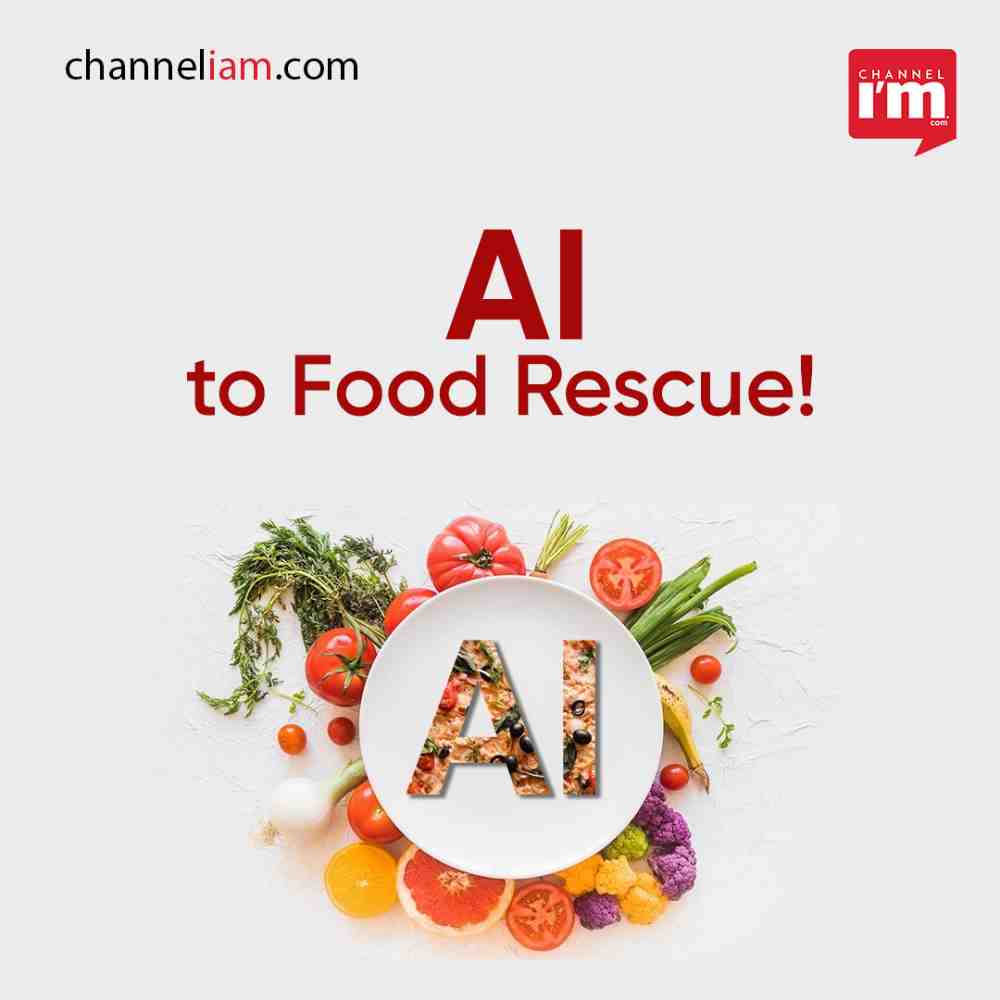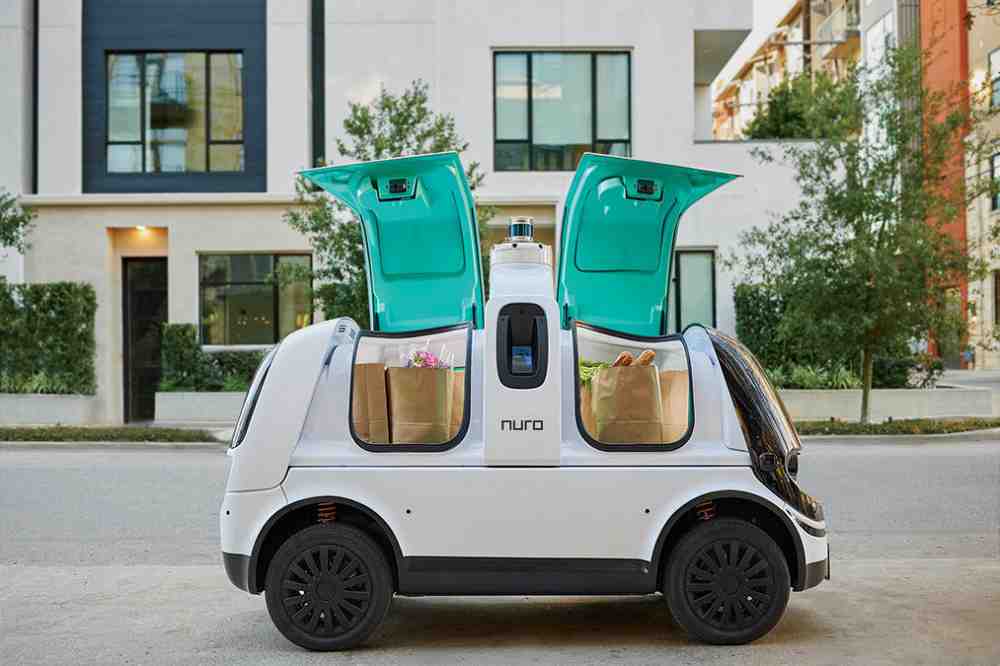In an era marked by rising violence against aid workers and the need for innovative solutions, the World Food Programme (WFP) has announced its groundbreaking plan to introduce AI-powered robotic vehicles for delivering food parcels to conflict and disaster zones.
With the potential to transform humanitarian aid distribution, these autonomous vehicles represent a significant advancement in protecting humanitarian workers and ensuring food reaches those in need.

The Need for Innovative Solutions:
Amidst the escalating violence against aid workers in recent years, the WFP recognises the urgency of finding safer and more efficient ways to deliver food aid in dangerous areas. The deployment of AI robots could mitigate risks and overcome challenges associated with traditional methods, thus providing a lifeline for individuals in conflict-ridden regions.

Development and Potential:
The concept of AI-powered robotic vehicles for food aid delivery was first developed during the conflict in Syria’s Aleppo between 2012 and 2016. Facing challenges with traditional methods such as air drops, the WFP collaborated with the German Aerospace Centre (DLR) to refine these vehicles through the AHEAD (Autonomous Humanitarian Emergency Aid Devices) project. Equipped with amphibious capabilities and the ability to carry up to 2 tonnes of food, the AI robots utilise satellite data and sensors, allowing remote drivers to effectively guide the vehicles. Although human drivers are currently required for operation, the WFP plans to conduct driverless tests in the near future, paving the way for full autonomy in food aid delivery.
Revolutionising Humanitarian Aid Distribution:

The deployment of AI robots for food aid delivery holds tremendous potential, particularly in regions like South Sudan, where severe food insecurity affects millions of people. By leveraging AI technology and autonomous vehicles, the WFP aims to revolutionise humanitarian aid distribution, ensuring that food reaches those in need while minimising risks to aid workers. These innovative solutions could overcome logistical challenges, enabling aid to be delivered in even the most hazardous situations that were previously deemed too risky for human drivers or WFP staff.
Addressing Challenges in Conflict Zones:
Violent conflicts pose significant challenges to effective food aid delivery, making the introduction of AI robots a game-changer. By utilising these advanced technologies, the WFP can address logistical difficulties, streamline operations, and provide a lifeline to communities affected by crises. The use of AI robots offers renewed hope for individuals in conflict-ridden areas, marking a significant leap forward in the global fight against hunger and the achievement of the United Nations’ global goals.

As the World Food Programme embraces AI-powered robotic vehicles for food aid delivery, it signifies a paradigm shift in humanitarian operations.
This groundbreaking initiative not only protects aid workers but also ensures efficient and effective distribution of food aid in conflict zones. With the transformative power of AI, new possibilities emerge, offering hope for communities affected by crises and reinforcing the commitment to eliminate hunger worldwide.
By revolutionising humanitarian aid distribution, the WFP sets a precedent for future innovation and collaboration in the pursuit of a more resilient and compassionate world.
